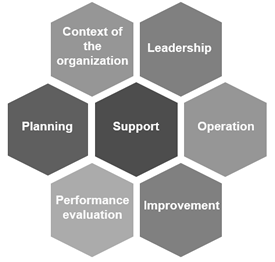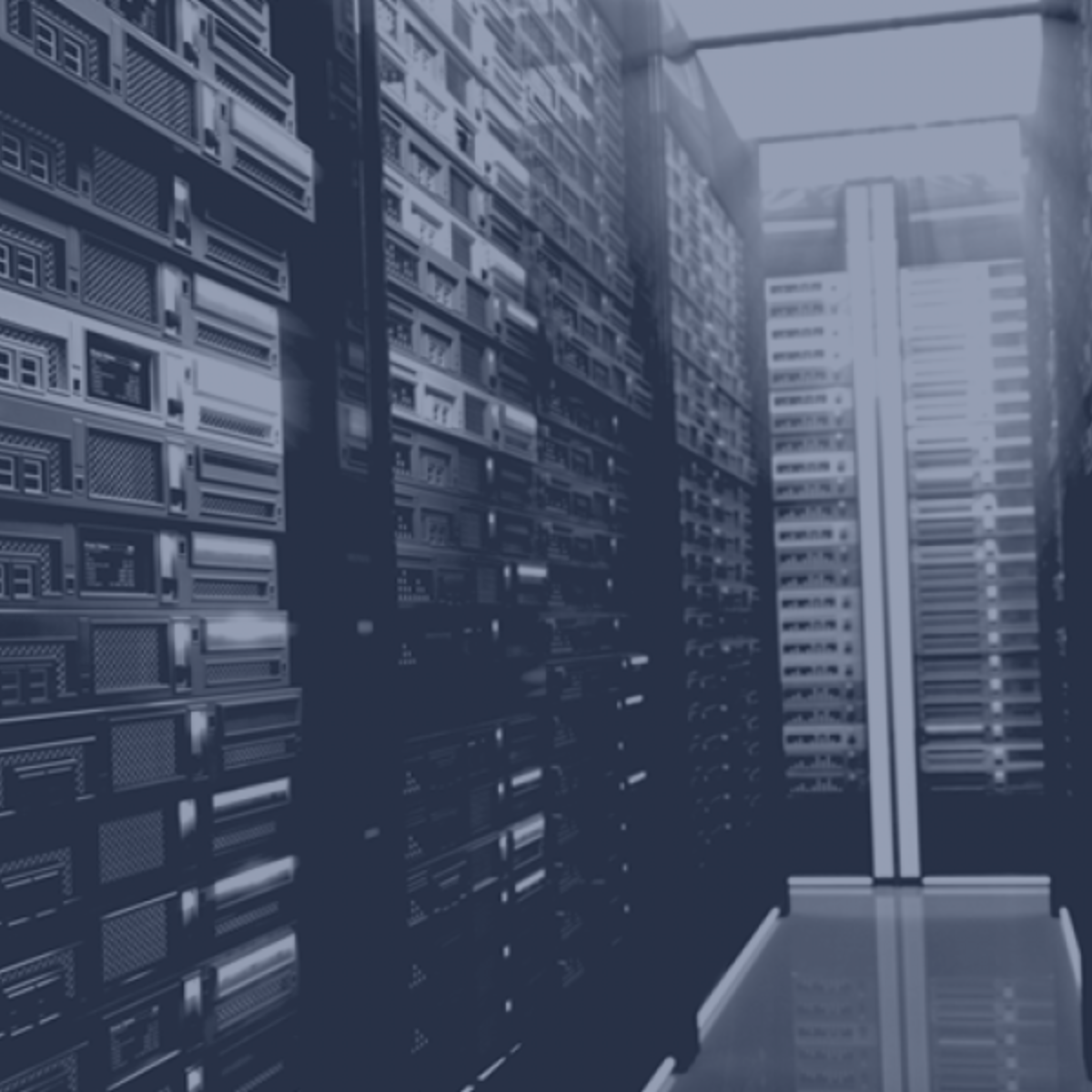ISO 27001 and Ransomware
In recent times, an increasing number of companies have been affected by ransomware. Another term for ransomware is “hostage software.” REvil is a well-known group that employs this tactic, rendering thousands of companies unable to access their files. But how can a company prevent a ransomware attack?
The so-called “hostage software” is aptly named. A ransomware attack can “hold hostage” a company’s computers and files. All files are temporarily encrypted and can only be retrieved upon payment, often in cryptocurrency, as it is untraceable. Ransomware can infiltrate documents through actions such as clicking on a malicious link or due to outdated security measures. This is why it is crucial to keep software within the company up-to-date.
Preventing Ransomware
In this case, prevention is better than cure. As easy as it is to install, ransomware can be challenging to remove. Furthermore, removing the software is often ineffective and incomplete. Therefore, prevention is the best solution.
Every company can address the following vulnerabilities:
- As mentioned earlier, it is essential to use the latest operating and security systems.
- All programs should also be up-to-date to avoid potential vulnerabilities.
- Never click on suspicious links in emails. Many spam emails often contain malicious links. Always verify if an email is legitimate or from a potential client with inquiries.
- Obtain ISO 27001 certification. Information security is crucial for every company. The ISO 27001 standard is an international framework for information security. ISO 27001 can be used to implement information security measures.
Securance has over 10 years of experience in implementing risk management structures, information security, and process improvement. Information security should always provide added value, making the organization more manageable, and ISO 27001 offers opportunities for attracting new clients.





